Ten months ago, the Chapel Hill Town Council adopted a resolution to install and implement a new framework for the local government to better shape growth in sustainable ways.
The town commissioned a team of urban planners to help construct the Complete Communities strategy, tailoring widely accepted smart growth practices to the local area’s constraints and current challenges. That decision came after the town’s 2021 housing report revealed it has the highest jobs-to-housing ratio in the region, with almost 90 percent of the available jobs being filled by people who commuted into the town. Complete Communities’ goal is to bridge that gap, while aiming for projects to be cohesive with both existing communities and future grow — all while maintaining the town’s character. The strategies were later added to the town’s comprehensive plan, meaning elected officials and staff have had the chance to use it this fall when considering development projects proposed in Chapel Hill.
But what is that new framework actually like on a project-to-project basis? And how is it influencing both Chapel Hill’s and developers’ approaches to building toward the future?
From the local government’s perspective, Chapel Hill Mayor Pam Hemminger said Complete Communities helps create straightforward ways for housing and development projects to be reviewed across all levels.
“We now have a checklist [as a town council,]” she said to 97.9 The Hill, “and our planning commission uses the lens as well. They have a checklist to see what kind of things need it, and our staff has a checklist that they present to us of whether they think they’ve met the four major areas of this Complete Communities concept.
“So, when it comes to us,” Hemminger added, “it should already meet those.”
Those four components of the framework examine whether a project fits with the town’s values and vision for the future, expands or delivers new greenway connections, provides housing, and is planned for “excellence both in the public and private realms.” Since this strategy is public, Hemminger said the town is trying to ensure developers come into any proposals with those components in mind – which helps the review be more consistent and streamlined. The town’s urban planner also works with those developers to help check if proposals follow those goals.
“They’re doing a good job working a lot of it out beforehand, and that is the goal,” said the mayor. “We want you to use the framework and we want you to meet the framework before you even come to the council meeting. But sometimes that’s hard to do.”
For Ernie Brown of EB Capital Partners, that was especially tricky to do with his project Chapel Hill Crossings – because it began the town approval process before the framework was adopted and then was reviewed earlier this year through that lens.
Brown’s projects, which were presented together as 16 acres across two parcels, are on both sides of Old Durham Road near the roundabout with Pope Road. One side is rental units in an apartment complex, while the other is for-sale townhomes – with the goal of those to be “attainable” pricing for buyers. He initially sought 220 more units across those parcels and wanted to bring in retail and additional parking. The goal was to combine all the elements favorably discussed in the Complete Communities framework – which became even more important to the project as the council selected the nearby Parkline property and its surrounding district as its long-term pilot project for testing out those strategies.

An aerial rendering of the Chapel Hill Crossings development, as proposed on June 7, 2023. The plan for the two sites, however, was largely rejected by town council members for its density, size of buildings, and lack of affordable housing. (Photo via E.B. Capital Partners.)
But that initial design was not what the town council ultimately wanted. Chapel Hill officials pointed to the seven-story building size of one complex, the lack of affordable housing units, and the parking deck necessary for retail as sticking points in the project.
Over the course of a few months, Brown took their comments and instead chose to scale his project back while thinking more broadly about what will come to the region after Chapel Hill Crossings is constructed.
“What we have got in place and what we’re moving forward on,” Brown said in an interview with Chapelboro, “will make it more viable for the other components, the other parcels out there to bring it in together. They can look to it, point to it and say, ‘Okay, look at what we got going on here and look at the density that we have here.’ And then the next set of projects will have that viability.
“Because I was the first one out of the gates,” Brown added about his initial plans, “that felt a little bit like ‘this is completely and utterly out there standalone.’ But I was looking at it holistically from what the future was going to be out in that area, not what it’s been in the past.”
Ultimately, EB Capital Partners settled on a smaller apartment building with fewer units and a redesigned townhome area with no parking deck, more emphasis on green space, and more affordable units. Brown said with the project’s proximity to retail centers and job opportunities, his team decided to stick with what the region and neighborhood needs presently: housing. He added that his goal is to ensure the townhomes are available at “attainable” pricing and styles, which will be achieved by the healthy density of the development. In his presentations to the town council, Brown also said that there will be stipulations in place to prevent short-term rentals within the community.
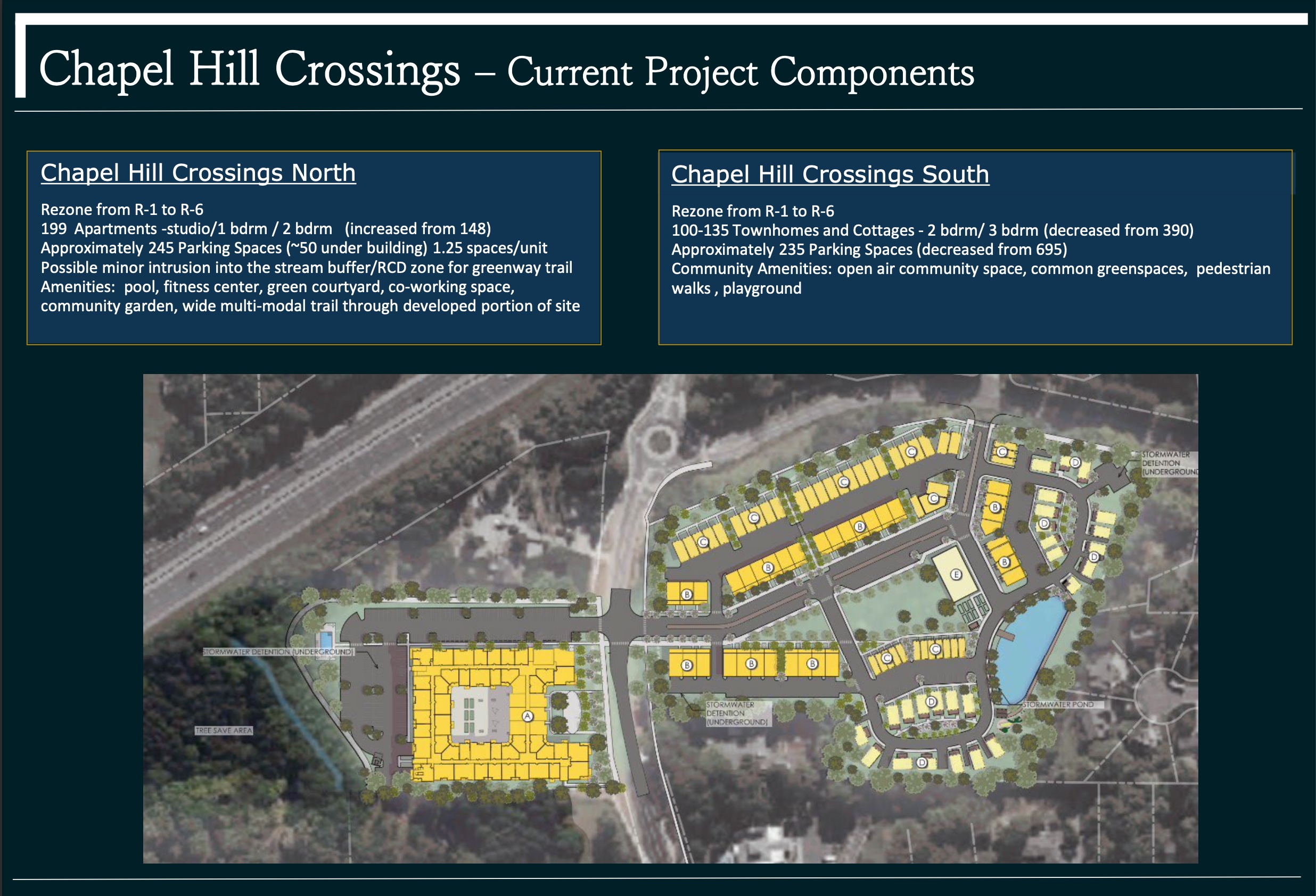
A full aerial rendering of the updated Chapel Hill Crossings site as part of a presentation given to the Chapel Hill Town Council on September 27, 2023. (Photo via E.B. Capital Partners.)
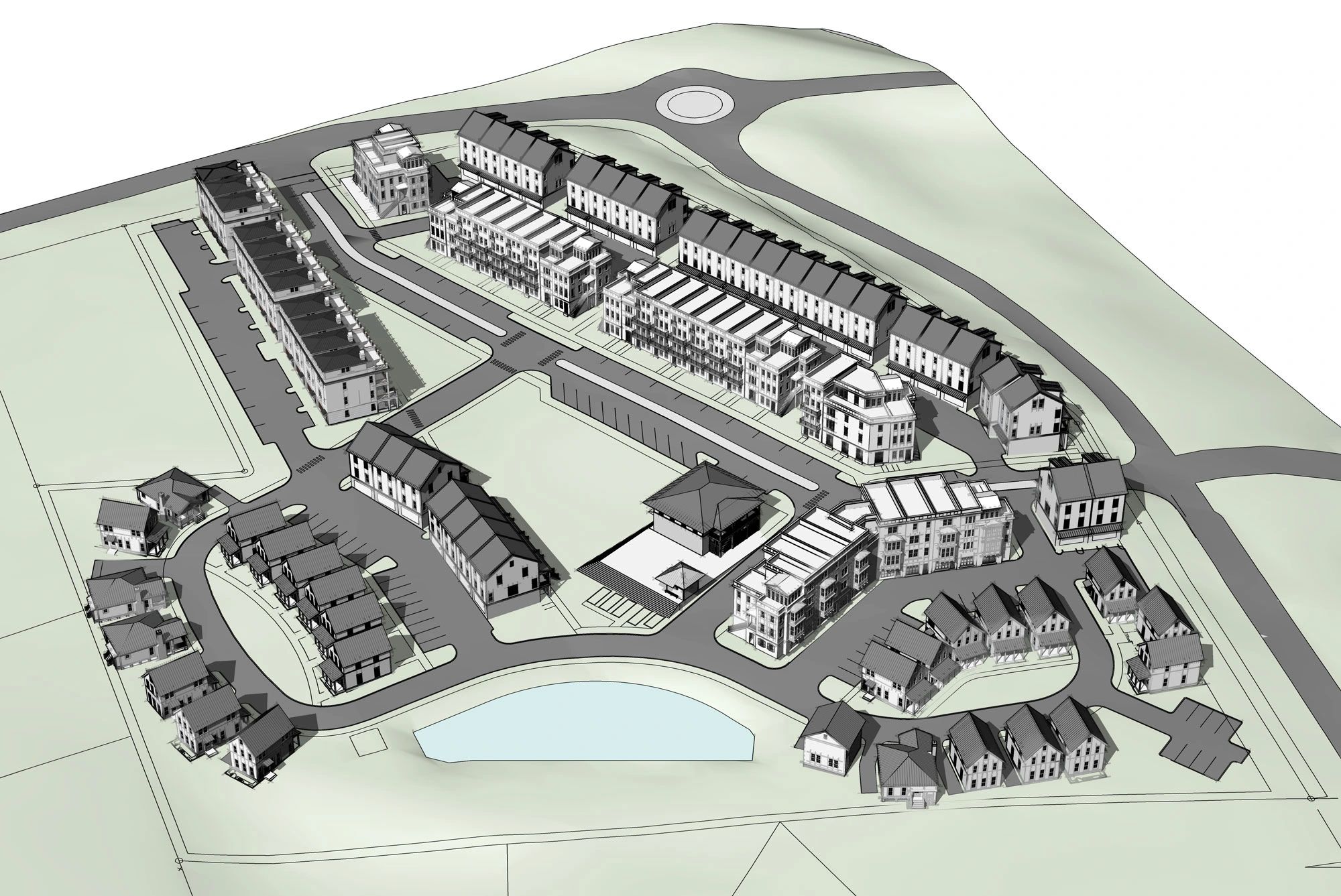
A rendering of the updated southern parcel of Chapel Hill Crossings, which features more for-sale townhomes and open space than the design a few months prior. (Photo via E.B. Capital Partners and Tony Sease.)

An artistic rendering of the apartment building portion of Chapel Hill Crossings. (Photo via E.B. Capital Partners and Fifth Dimension Architecture + Interiors.)
With those changes, the town council approved the Chapel Hill Crossings project 8-1 in September.
Brown said the impact of the Complete Communities planning strategies was evident in the review process and as his team figured out how Chapel Hill Crossings could fit into the future of the area by the border of Durham County.
“After the Complete Communities [plan and] the investment that the town made in that, you can see there are several people on our council that have taken that to heart,” said Brown. “They want to look at not only how does this fit in with our goals of what we’re looking for, but how does this all tie in together? How is this going to feel when it’s all said and done?”
Other projects are already being discussed in the U.S. 15-501 and Old Durham Road corridor. In the time since Chapel Hill Crossings initially applied for its conditional zoning application, an expansion of UNC Health’s Eastowne campus was approved to bring up to ten new medical buildings online over the next two decades. On October 11, the Chapel Hill Town Council provided comments to developers for the Meridian Lakeview project, which aims to bring more housing options to a parcel directly to the northwest of Chapel Hill Crossings.
Brown said as the town council shares feedback on those projects – and more – his development’s role in the greater strategy will become even clearer as a dense, attractive spot for others to build connections with.
“I see those later components being how they really bring it back in and tie the ribbon around [it being] the complete community,” said Brown. “But what you’ve got to deliver first is rooftops, because rooftops will drive retail. It always has and it always will. Jobs bring rooftops. Rooftops will bring retail. When those three all kind of start coming together, then the later projects will give really the opportunity to see the viability of pulling all the rest of the pieces into the picture.”
Brown said the for-sale townhomes in the Chapel Hill Crossings development will likely be finished first, with the apartment building on the north side of Old Durham Road following. Early estimates are for the project’s full competition to be in 2026.
Chapelboro.com does not charge subscription fees, and you can directly support our efforts in local journalism here. Want more of what you see on Chapelboro? Let us bring free local news and community information to you by signing up for our biweekly newsletter.

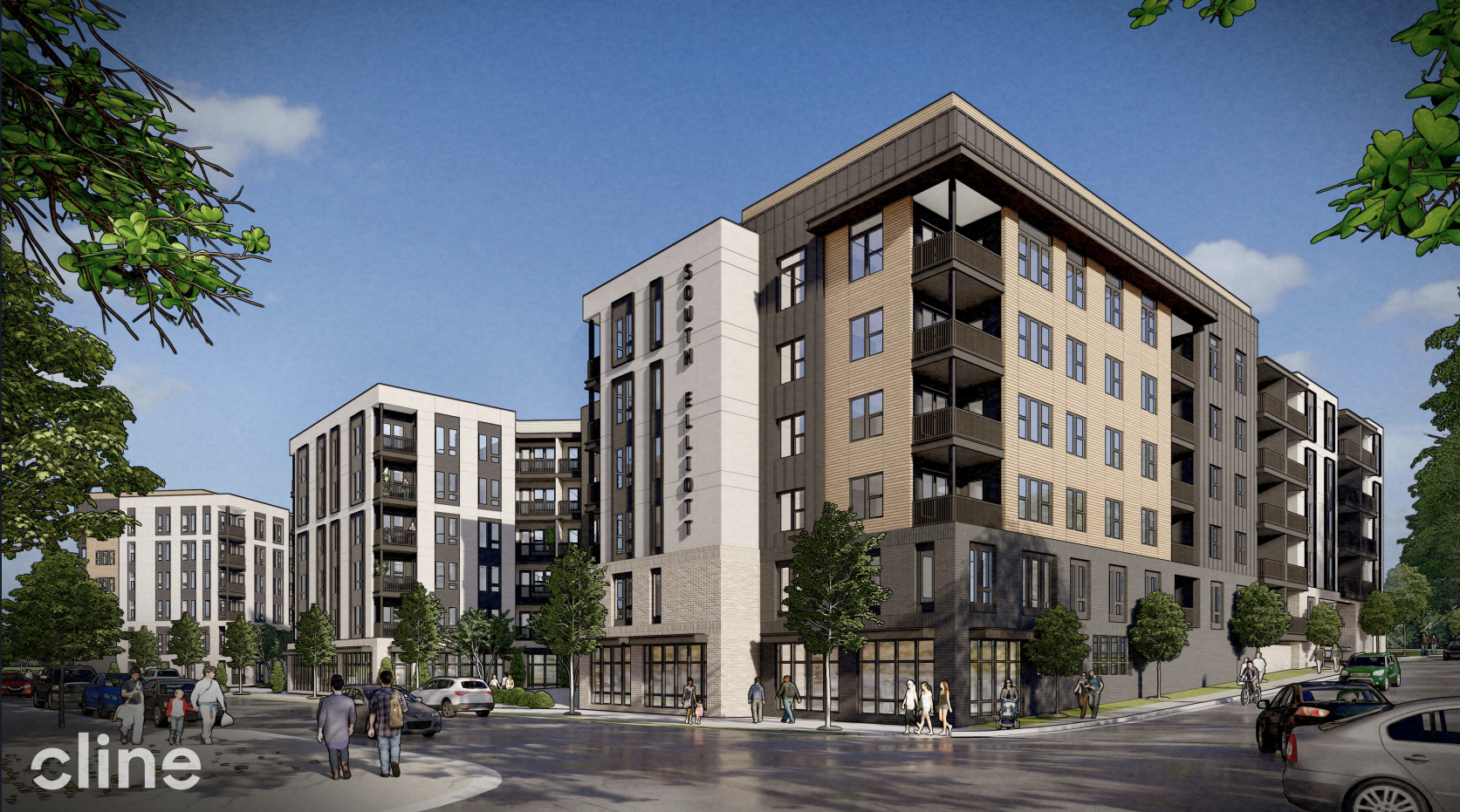
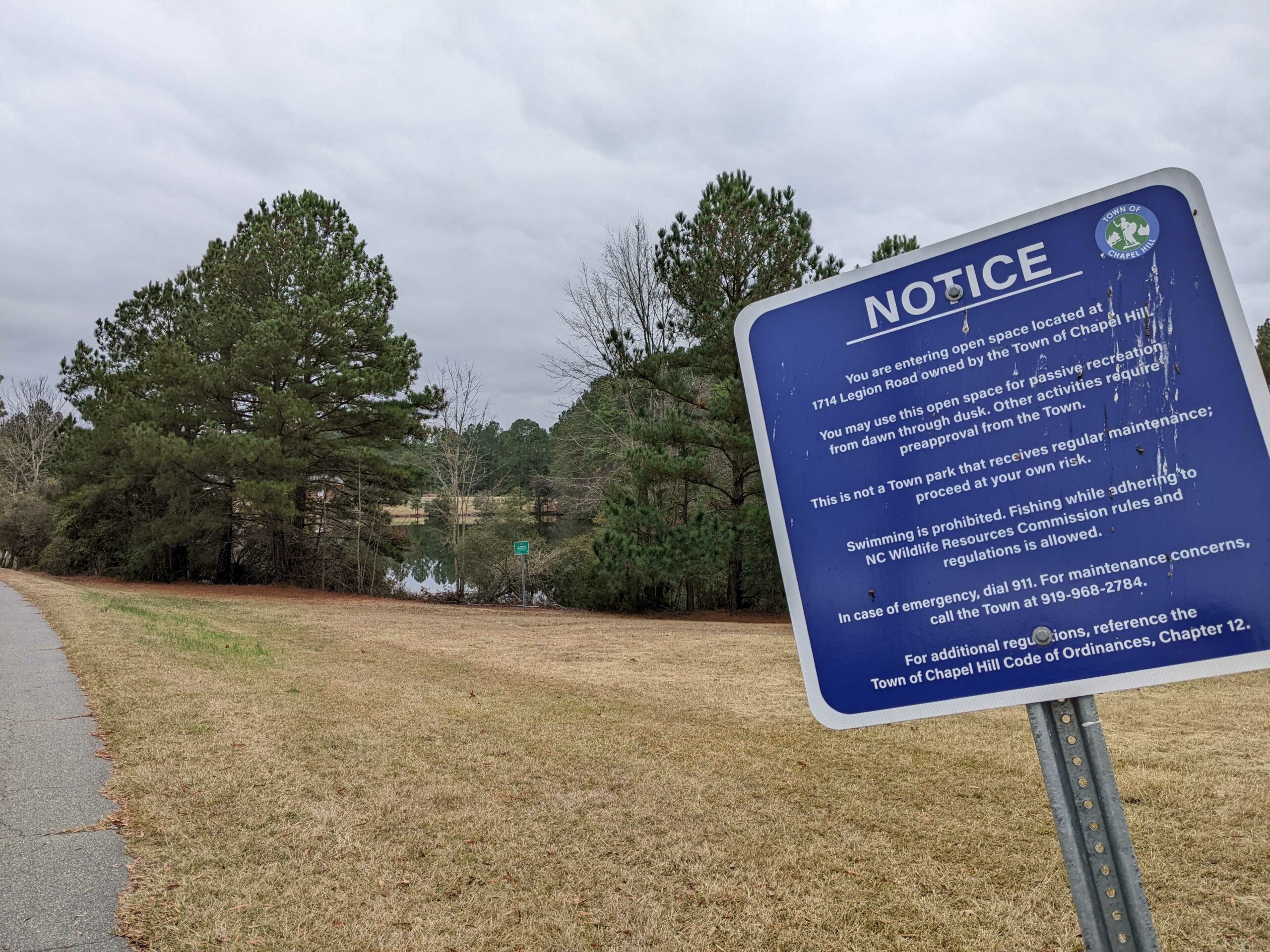




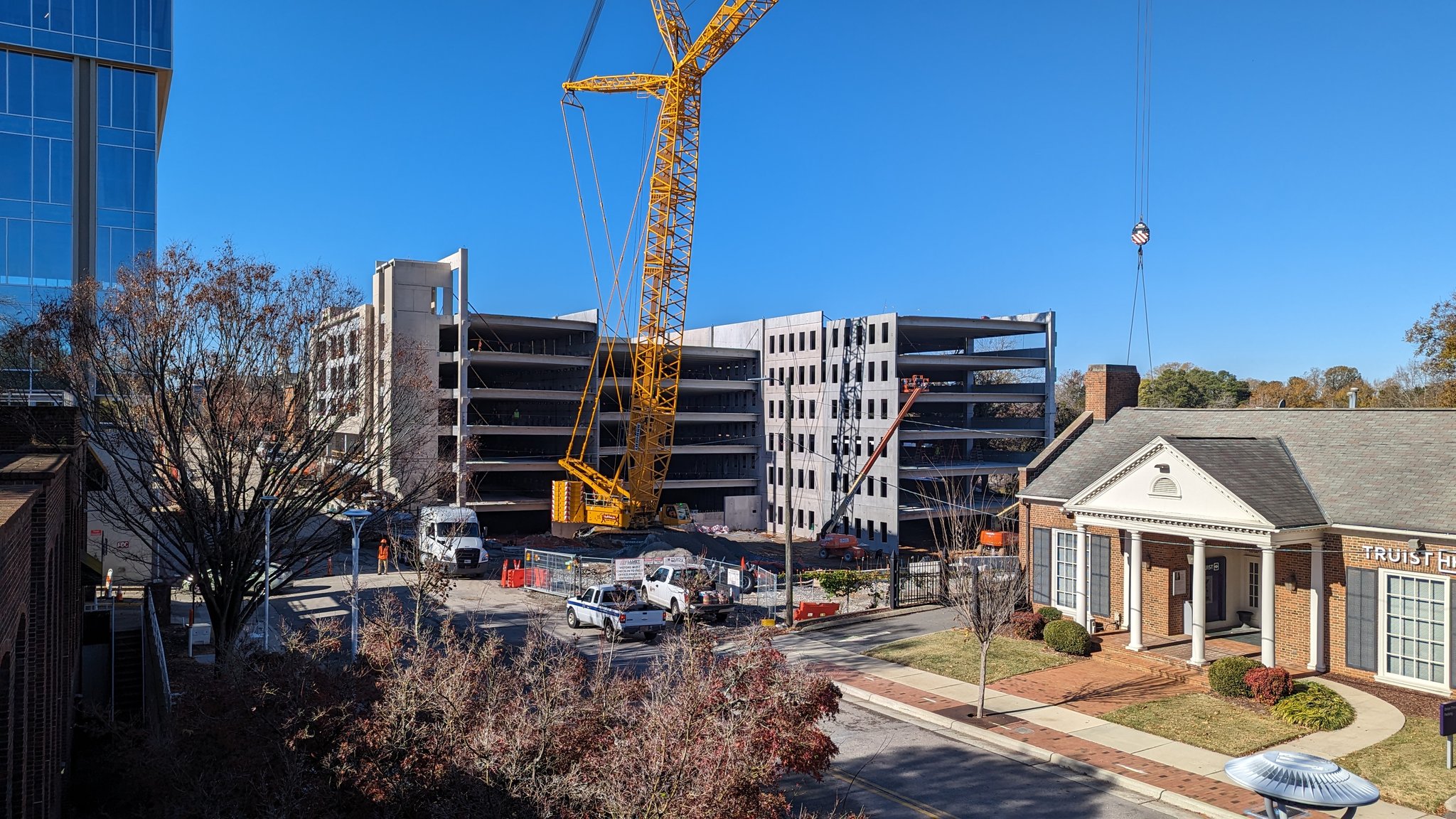

While the four components of the Complete Community framework being used by the town to evaluate new deveopments has many laudable aspects, there is a fifth component I find missing from this and most of the projects I’ve watched being evaluated by the Town and Council over the years: impact on traffic. Granted, it can be argued that there will be fewer commuting cars on the road during certain hours of the day, but I am skeptical about major reduction or even stabilizing of numbers–especially when there is no mention of this consideration in typical public presentations of new developments.